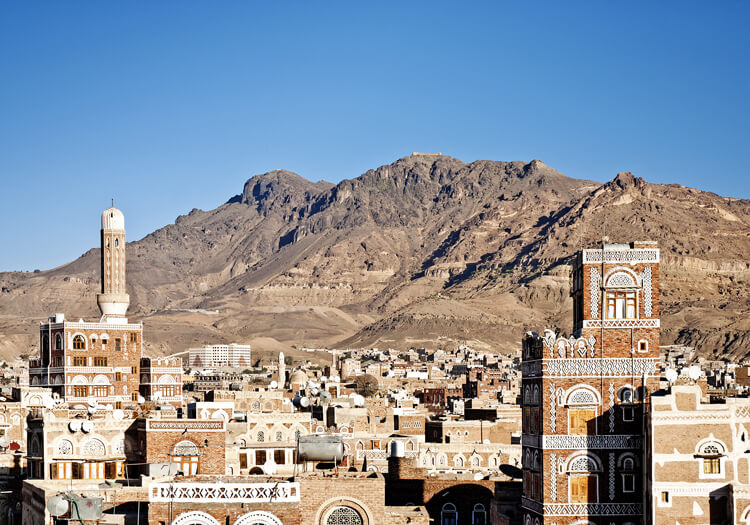At the turn of the 21st century, Yemen was already the poorest and least developed nation in the Arab world. Nearly 45% of its citizens were living below the poverty line, unemployment was running at 35% and its literacy rate was just 58%. It had dwindling natural resources and a ballooning population. Its economy was heavily reliant on hydrocarbons, which accounted for almost 75% of government revenues and 90% of foreign exchange earnings.
Yemen reached peak oil production in 2003 and witnessed a steady decline thereafter. In 2011, a popular uprising erupted due to worsening economic conditions, rising unemployment and government corruption. This was sparked by simultaneous protests in other Middle Eastern countries.
Over the next few years, the situation continued to deteriorate. Power blackouts and food shortages became a daily norm, while motorists were forced to queue their vehicles for hours at petrol stations. The country had no apparent way of transitioning to a post-carbon
economy. Its neighbour, Saudi Arabia, attempted to stabilise the political and economic situation by donating oil. By the middle of the decade, however, Saudi Arabia itself was experiencing shortfalls, meaning it could no longer offer this support. Yemen's push into the gas sector had also failed to revive its economy significantly.
Alongside this, a new and even greater threat was emerging. Yemen's groundwater levels had fallen sharply in recent decades. Around the capital, Sana'a, borehole drilling was now reaching down to water that fell more than 8,000 years ago, with groundwater levels decreasing by 4-6 metres a year. Additional wells and water mains were desperately needed to service the region, but these for the most part had been lost among the nation's various other problems. Yemen had been battling Shiite Muslim rebels in the north and a separatist movement in the south, whilst contending with a resurgence of Al Qaeda and the scourge of piracy in the Gulf of Aden.
By 2017, a calamity is unfolding. Oil and gas reserves have now dwindled to zero* and Sana'a has become the first capital city in the world to completely run out of water.* The situation has been made worse by rising fuel prices. Trucks bringing supplies from outside are no longer able to make up the shortfall - resulting in widespread looting, rioting and violence. This soon gives way to starvation, a mass exodus of refugees and a rapid decline in the country's population which continues into the following decade. The state collapses into anarchy, with a zone of lawlessness expanding into Saudi Arabia and the Horn of Africa.
The outside world watches, powerless, as this tragedy unfolds. Though assistance is offered by other countries, including some military intervention, it cannot prevent a humanitarian catastrophe. Yemen now faces a very uncertain future, threatening stability across the region.

2017: Yemen's water crisis and oil shortages have left the country in chaos.

No comments:
Post a Comment